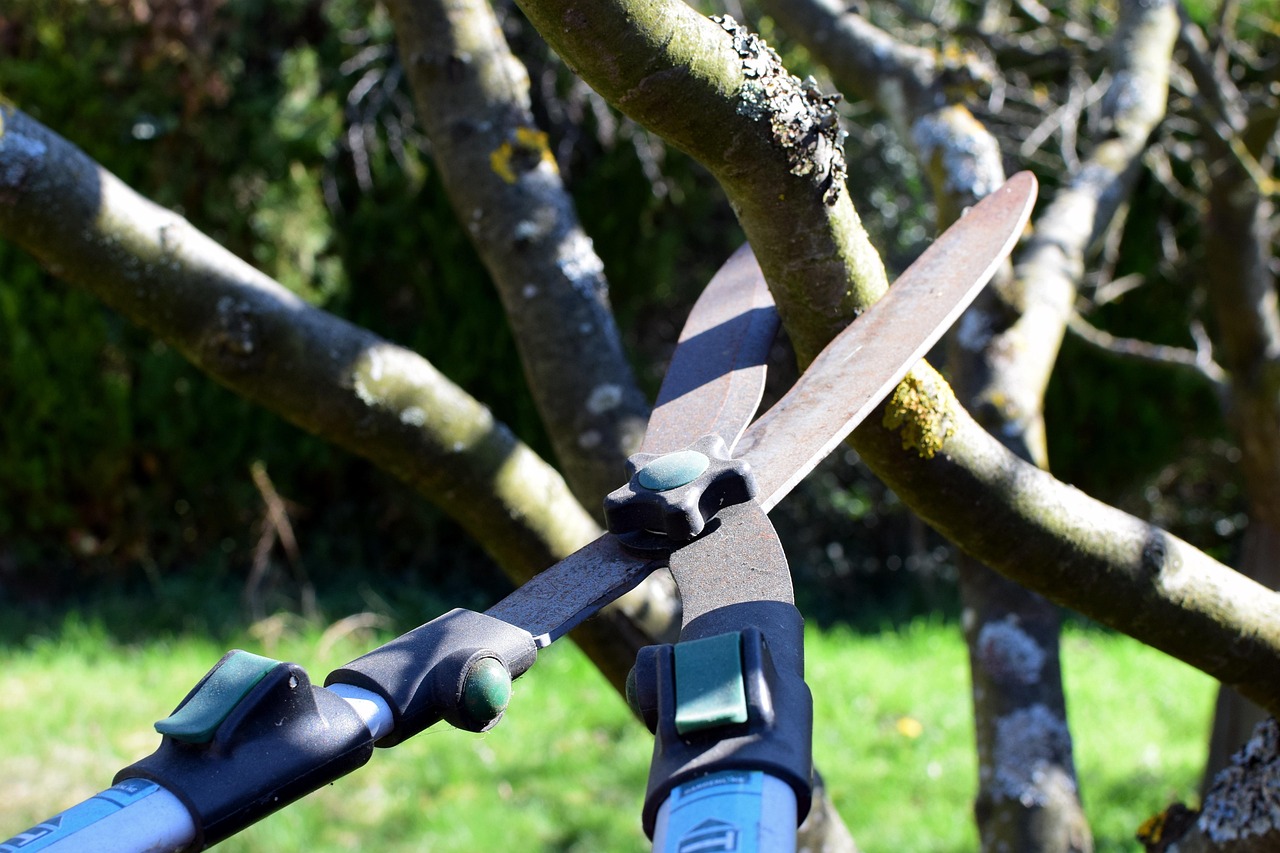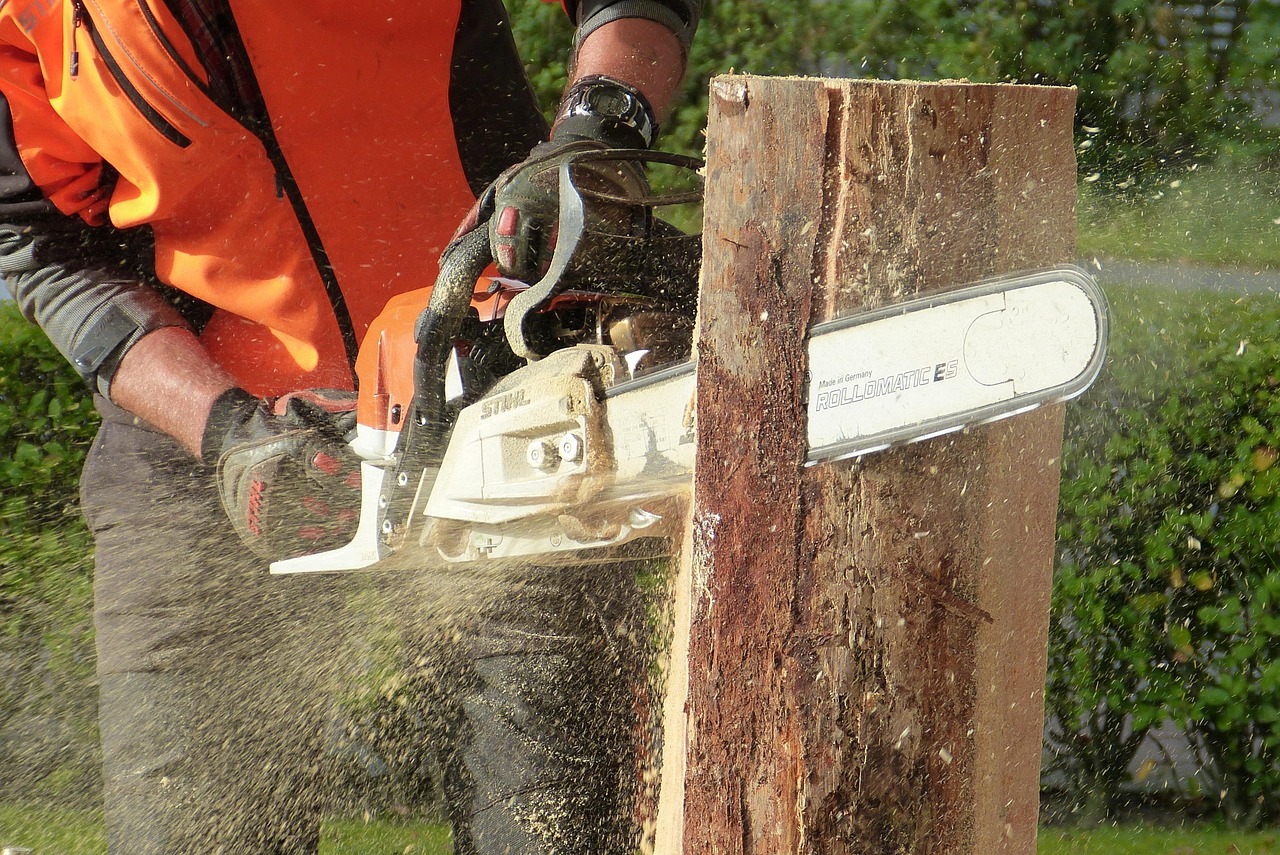Proper tree pruning enhances wind resistance, promotes healthy growth, and reduces storm damage. Focus on techniques like crown thinning, raising, and reduction, and schedule pruning during late winter or early spring. Regular inspection, safe tools, and understanding individual tree needs are essential for maintaining resilient, storm-ready trees in your landscape.
Trees are more than just backyard features—they’re vital for our environment. I still get excited every time I see a fully grown, well-pruned tree; it’s like witnessing nature’s artwork. I always remind myself how important it is to keep them healthy, not just for aesthetics but for their ability to withstand harsh weather. During a particularly strong windstorm last fall, I was relieved to see my trees held strong, thanks to proper pruning and care. If you keep up with their needs, your trees will reward you with their resilience and beauty.

Understanding how to prune properly has been a game-changer for me. When I first started, I thought all cuts were created equal, but I soon learned that the way I prune impacts a tree’s strength. Correct pruning helps develop a sturdy framework that’s ready to resist high winds. I always pay close attention, especially in high-wind areas, knowing that a well-pruned tree can weather storms better than an overgrown one.
Why Proper Tree Pruning Matters
I’ve noticed that when I prune my trees correctly, they not only look better but also seem healthier and last longer. Here are some lessons I’ve picked up:
- Health Boost: Removing diseased branches keeps pests and illnesses at bay—I always remind myself to check for trouble spots.
- Stronger Structure: A balanced branch system withstands wind more effectively. I make sure not to cut too much at once to avoid stressing the tree.
- Better Light: Proper trimming helps sunlight reach all parts, encouraging lush growth—something I did to improve my specimen trees.
- Aesthetics: Neatly pruned trees are more attractive, and I always enjoy the neat shape I achieve after a session.
From experience, I’ve learned that thinning out dense branches allows wind to flow through, reducing the risk of breakage. It’s like giving the tree a little windbreak of its own.

Pro-Tips
When I first started pruning my trees, I thought any cut would do, but I quickly learned that precision matters. Carefully choosing where and how to cut helps develop a strong, resilient structure that can resist high winds. Always remember to make clean cuts close to the branch collar—that little swollen area at the base of a branch—to promote quicker healing and prevent disease entry.
In my early days, I underestimated the importance of timing. I used to prune during the summer or fall, which often slowed recovery or increased susceptibility to pests. Now, I always aim to prune in late winter or early spring while the trees are dormant. This helps reduce stress and encourages vigorous new growth as the season kicks off.
When I first tried tackling larger branches myself, I made the mistake of rushing through the process. I learned that patience and a step-by-step approach are crucial—using the right tools for each job and avoiding over-pruning. Sometimes, I’ve called in professionals for tricky cuts or tall trees, and I’ve realized that safety should never be compromised.
I also discovered early on that healthy soil is the foundation for strong, wind-resistant trees. Regularly testing soil and adding compost or appropriate nutrients has made a noticeable difference in my trees’ ability to withstand storms. Remember, a well-fed tree is a resilient tree.
Lastly, I used to ignore the signs of stress or pests until problems became serious. Now, I inspect my trees regularly for yellowing leaves, dead branches, or unusual pests. Catching issues early has saved me from more extensive damage and has kept my trees healthier and better prepared for storms.
My Favorite Pruning Techniques for Wind Resistance
Based on my own trial and error, I’ve found certain techniques really make a difference:
- Crown Thinning: I always selectively remove some branches across the canopy to lighten the load and allow air to circulate freely.
- Crown Raising: I like to cut away lower branches—this makes the tree less susceptible to ground-level wind pressure.
- Crown Reduction: When a branch gets too long or heavy, I carefully shorten it. This keeps the overall shape balanced and reduces breakage risk.
- Crossing Branches: I regularly prune out crossing or rubbing branches, because those weak spots can become entry points for pests or split during storms.
I’ve learned that patience and precision are key—rushing can do more harm than good.
Timing Is Everything
Over the years, I’ve come to realize that timing your pruning is just as important as how you prune. In my experience, late winter to early spring is best; the trees are dormant, so I minimize stress and promote vigorous growth with my cuts. Last year, I missed that window and did some pruning in summer—while it wasn’t a disaster, I noticed the tree took longer to recover. I always avoid fall; I’ve seen trees get more prone to diseases when pruned then, especially if they’re already stressed by seasonal changes.
| Season | My Advice |
|---|---|
| Late Winter to Early Spring | I always prune then, catching the trees in dormancy to help them bounce back quickly when growth starts. |
| Summer | I use summer pruning to control unwanted growth, but I avoid heavy cuts that could weaken the tree. |
| Fall | I stay away from major pruning; I’ve seen it make trees more vulnerable before winter sets in. |
Tools and Safety—My Must-Haves
From my own experience, having the right tools makes all the difference. I keep sharp hand pruners for small branches, loppers for thicker limbs, and a saw for the really stubborn ones. Safety is paramount—I always wear gloves, goggles, and a hard hat, especially when working on ladders or near power lines. I learned the hard way that a little protective gear can prevent a nasty injury.

My biggest warning? Never work alone if you’re handling heavy or tall trees. You might think you’re experienced, but safety always comes first—and sometimes, that means calling in a professional. Even with the best tools, I always remind myself to stay cautious.
Different Trees, Different Needs
Over time, I learned that knowing your tree species is crucial. Deciduous trees like maples and oaks benefit from pruning during dormancy, usually late winter. I always pay attention to their specific needs, because each species responds differently. Evergreens such as pines and spruces generally require less pruning, and I only remove dead or damaged branches to keep them healthy and wind-resistant. I’ve made mistakes by pruning a spruce at the wrong time, which slowed its growth, so I’ve learned to research each tree before touching it.
Signs Your Tree Is Under Stress
Early detection has saved me many headaches. I watch for yellowed or browning leaves, dead branches, or unusual pests or diseases. If I catch trouble early, I prune accordingly and sometimes consult an arborist. A stressed tree is more vulnerable during storms, so I believe proactive care is worth it.
The Bonus of Mulching
I always mulch around my trees—it’s a simple step that pays off. Mulch conserves moisture, keeps roots cool in summer, and prevents weeds from competing with the tree. I spread organic mulch like bark chips in a 2-4 inch layer, keeping it away from the trunk to prevent rot. Replenishing it each year is part of my routine, and I’ve seen how much healthier my trees stay.
Weather and Timing—My Experience
Weather truly influences when I prune. Cold, dry days are best; I avoid wet or rainy periods to prevent fungal issues. I’ve learned to keep an eye on the forecast—pruning just before a cold snap or right after heavy rains helps my trees recover quickly and stay strong.
Thinking of Hiring Help?
Initially, I was hesitant, but I found that professional arborists bring invaluable expertise—knowing exactly where and how to prune for maximum strength and safety. They also handle the dangerous tasks, especially on tall trees. From my experience, investing in a good tree care service pays off in healthier, storm-ready trees.
Understanding Growth and Soil
One lesson I always keep in mind: knowing how my trees grow helps me prune better. Each species has its own life cycle—young trees need shaping, mature ones require maintenance, and old trees benefit from careful removal of dying branches. Additionally, healthy soil has been fundamental. I’ve tested my soil and added compost to boost nutrients, which makes a noticeable difference in branches’ sturdiness and overall resilience.
Fertilizing and Pest Management
I always fertilize after testing my soil, using a balanced mix suited for my trees. When I notice signs of pest problems—like webbing or discolored leaves—I address them early. Natural predators or gentle treatments have helped me avoid heavy chemical use, keeping my trees healthy and able to withstand storms.
Combating Pests and Enhancing Storm Resistance
Besides pruning, I keep an eye out for common pests like aphids or borers. Regular inspections are my secret weapon. Managing pests early helps my trees stay strong and less prone to damage in bad weather. Sometimes I plant windbreaks—dense shrubs or strategically placed fences—to shield my trees from the worst of the wind. These efforts create a more resilient landscape overall, something I highly recommend based on my own success.
Final Tips for Resilient Trees
If there’s one thing I’ve learned from years of experience, it’s that good pruning, soil care, and timing are your best friends in creating windstorm-resistant trees. I always keep in mind that each species has unique needs, and taking the time to learn those pays off. Paying attention to signs of stress and investing in safety can save you from bigger problems later.
With a bit of effort and the right knowledge, you can help your trees not just survive, but thrive during storms. I believe trees enrich our lives—and with loving, informed care, they can continue to stand tall and strong for years to come. Together, let’s keep our landscapes resilient and beautiful.
